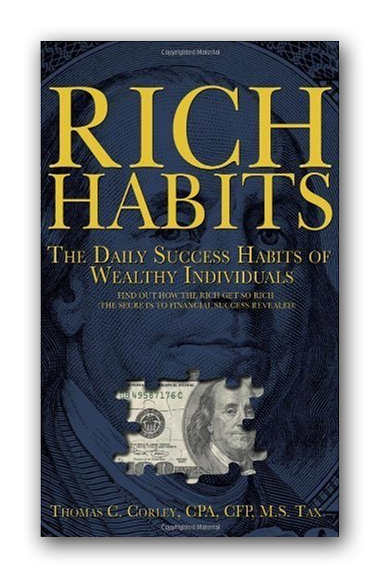
The conscious part of the brain, the neocortex, is the thinking part of the brain.
The subconscious parts of the brain (limbic system and brain stem), are the unconscious or unthinking parts of the brain.
The unthinking brain, the subconscious, is old – millions of years old.
The thinking brain, the conscious, is, in terms of evolution, brand new – only hundreds of thousands of years old.
Habits and intuition (gut feelings) originate from the subconscious brain.
Habits and intuition allow humans to “know without thinking”.
Habits and intuition enable rapid, unconscious behaviors, thinking, solutions and responses.
Because the subconscious brain has been in existence far longer than the conscious brain, it has a greater capacity to intuitively “know”.
According to researcher, Gerd Gigerenzer (Gut Feelings: The Intelligence of the Unconscious), the unconscious brain is far superior to the conscious brain. It has the ability to take in information that is invisible to the conscious brain.
This invisible information is extracted from the environment via the five senses. The Reticular Activating System (RAS), Insula and Thalamus then process portions of this invisible information. The parts received by the conscious mind, either directly, via the RAS, Insula or Thalamus, or indirectly, via intuition (gut feelings), become “visible” to the conscious mind.
The parts not received by the conscious mind, remain “invisible” to the conscious mind, however, that “invisible” information remains stored in the subconscious to be used to:
- Automate behavior, thinking, decisions and emotions (Habits), or
- When needed for survival (fight or flight) or
- To help us realize dreams or achieve goals.
Habits and intuition exist to help us “know without thinking”. This allows us to make split second, intuitive decisions and these decisions are often the most reliable.
The mechanism by which the subconscious communicates with the conscious is done one of two ways:
- By triggering habits or
- By communicating to the conscious mind via intuition, or gut feelings.
And the reason why habits and intuition are so critical to success is they draw their power from a part of the brain that has been in existence for millions of years.
Our old subconscious brains “know” things that our new conscious brains cannot know or see, without the assistance of the old subconscious brain.
Forging habits enables you to tap into the most powerful, all-knowing, part of the brain – the subconscious.












Dear Mr Corley,
I recently read a book is called The Intention Experiment that shows how brain will be changed and ready to pitch new habits (either healthy or bad ones) if the individual practices the intention with the right factors such as time and place.
For instance, many athletics nowadays are practicing visual training/meditation to create new neurons and circuits in their nerve cells in the brain which eventually will aid them to adapt the new habit easily with less effort.
So, I was wonder what do you think about the role of intention on reinforcing the rich habits concept?
Many Thanks,
Kashwani, PhD, NYU, Abu Dhabi
To be perfectly honest with you Kashwani, I’m not sure I can get my head around Intention. It is too intangible a concept for me. I like using tangible things to promote habit change, such as Dream-Setting:
Disgusted With Your Life? That’s Actually a Good Sign – http://richhabits.net/disgusted-life-thats-actually-good-sign/
How To Toggle On The Incredible Powers Of Your Subconscious Mind – http://richhabits.net/toggle-incredible-powers-subconscious-mind/
Here’s Why So Many Give Up On Their Goals – http://richhabits.net/heres-many-give-goals/
can I email you my comment because I don’t want to comment publicly. gurudesignllc@gmail.com
YES. TOM@RICHHABITS.NET